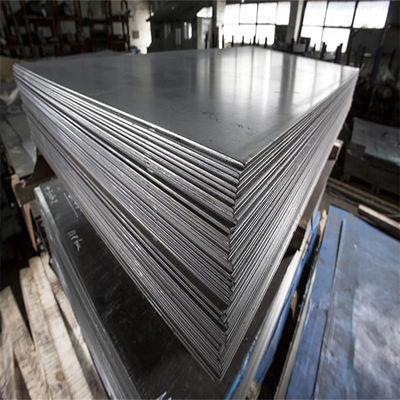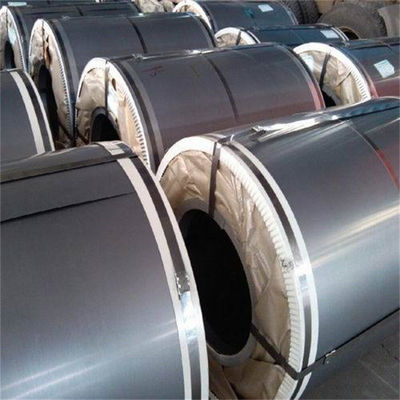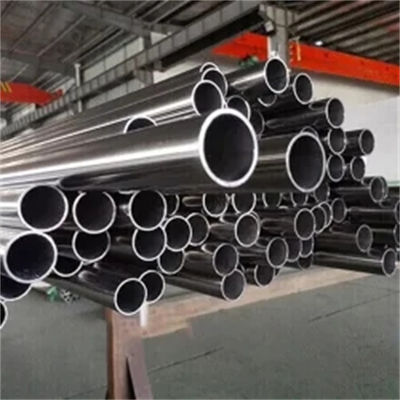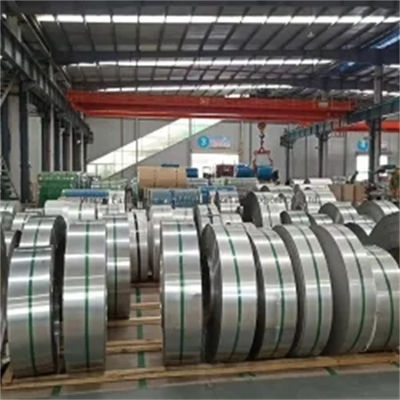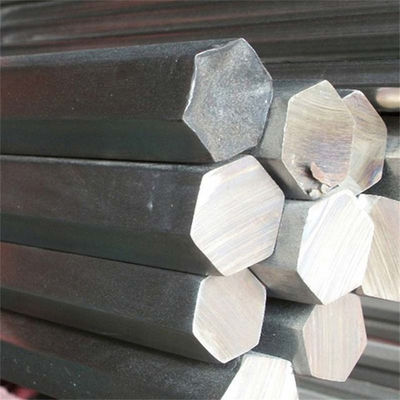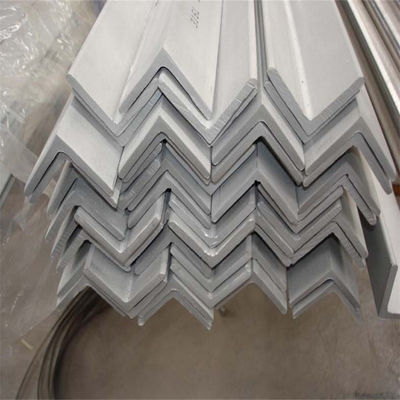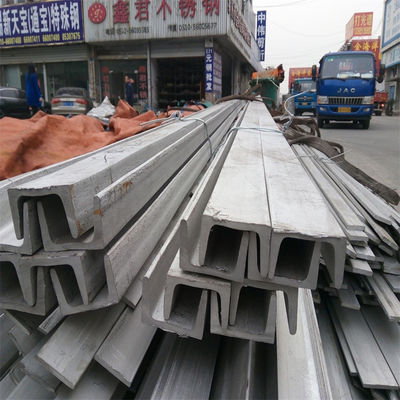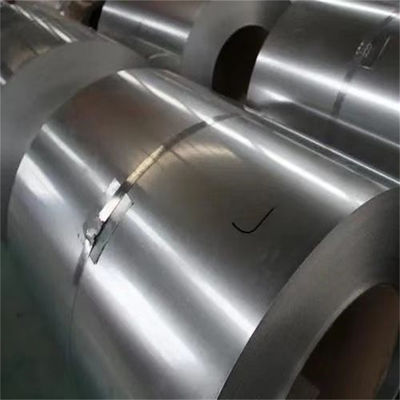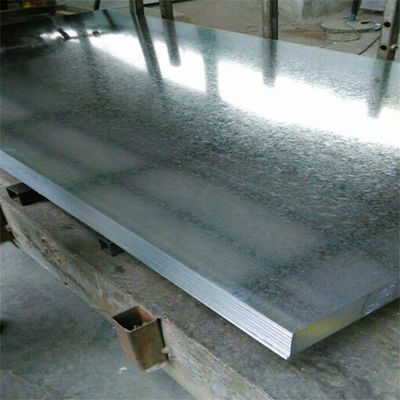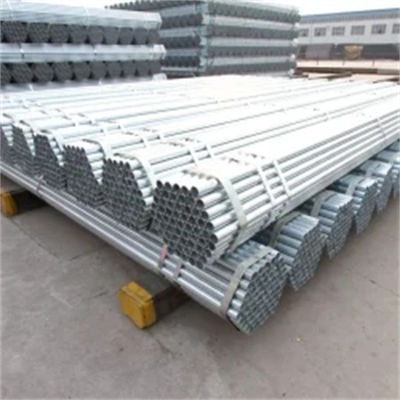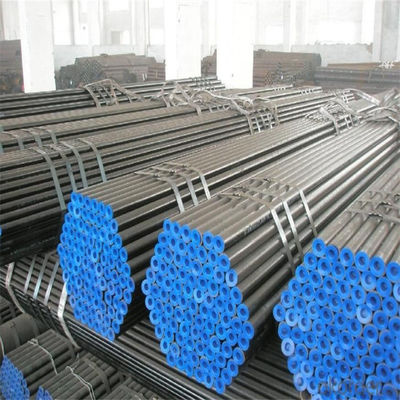
Compared with hot-dip galvanizing, electrogalvanizing has better uniformity, higher precision in controlling coating thickness, and a delicate surface, making it very suitable for high coating quality requirements. Due to the high surface activity of the zinc plating layer, there are many post-treatment methods, including passivation, phosphating, fingerprint resistance, self-lubricating treatment, etc., with various forms.
The control range of the thickness of electroplated zinc coating covers a wide range from thin to thick, ranging from 3g/m2 to 90g/m2. The range is broad and can meet the anti-corrosion performance requirements of various products from household appliances to automobiles. On the other hand, electrogalvanizing has advantages in saving zinc resources because the coating is uniform and there is no zinc slag, resulting in a high utilization rate of zinc.
The processing and welding performance of electrogalvanizing are relatively good, especially the welding performance.
Electroplating can easily produce single-sided galvanized products, meeting some special requirements. For example, if there are special welding requirements for car interior panels, single-sided electroplating is generally used.
Of course, galvanized products also have some disadvantages. Its shortcomings are mainly related to its technological characteristics.
On the one hand, its raw materials need to be annealed plates, continuously annealed or batch annealed, and re electroplated after annealing and oiling. This requires high quality of the substrate, and insufficient performance may cause a series of surface quality problems;
The second aspect is that due to annealing followed by re electroplating, the production process is longer than hot plating, which has an impact on cost control. On the other hand, the production capacity of automotive panels with thick zinc layers made of electroplated zinc is greatly affected. The number of electroplating tanks needs to increase, equipment investment is large, and electricity consumption is high. Overall, it is at a disadvantage in energy consumption and cost control.
Hot dip galvanizing is the process of reacting molten metal with an iron substrate to form an alloy layer, thereby combining the substrate and coating. Hot dip galvanizing is the process of first pickling steel parts to remove iron oxide from the surface. After pickling, it is cleaned in a solution of ammonium chloride or zinc chloride, or a mixture of ammonium chloride and zinc chloride, and then sent to the hot-dip galvanizing tank. Hot dip galvanizing has advantages such as uniform coating, strong adhesion, and long service life. It will not rust.
Pre galvanizing and electrogalvanizing are both methods of anti-corrosion treatment for metal materials through galvanizing. Pre galvanizing is the process of pressing pre manufactured galvanized steel sheets or strips into shape before processing them. This galvanizing method is highly adaptable to large components and lightweight thin plates. Electroplating, on the other hand, involves immersing metal parts in an electrolyte containing zinc salts, and under the action of an applied current, reducing zinc ions to form a metal plating on the surface of the parts. Electroplated zinc plating is a type of coating with strong corrosion resistance, good decorative properties, and good conductivity.

 Your message must be between 20-3,000 characters!
Your message must be between 20-3,000 characters! Please check your E-mail!
Please check your E-mail!  Your message must be between 20-3,000 characters!
Your message must be between 20-3,000 characters! Please check your E-mail!
Please check your E-mail! 
